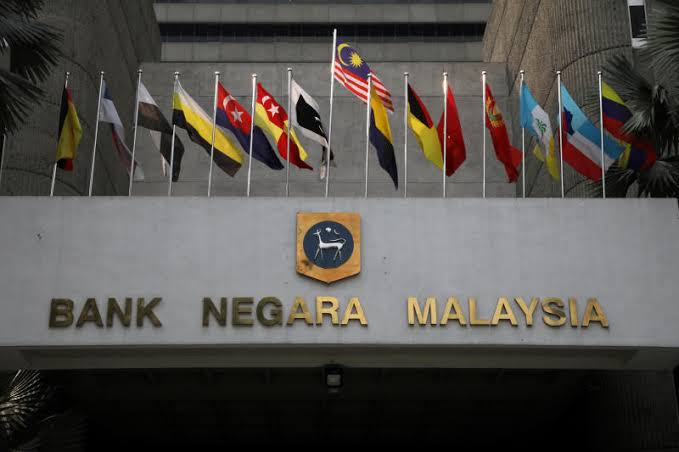The central bank will also actively assess the potential value proposition of central bank digital currency in light of developments in the digital assets and payments space
Central banks of the world are slowly beginning to acknowledge the impact of digital payments on the financial system and economy. When China launched its own Digital Yuan, interest intensified and countries then began actively experimenting with the opportunities presented by exploring their own central bank digital currency (CBDC) but not all preferred China’s retail approach to it. Malaysia’s Central Bank, in Southeast Asia, signalled that instead of focusing on retail CBDC similar to China’s Digital Yuan or Sweden’s e-krona, it would rather run a pilot project to gauge the merits of a CBDC.
Suhaimi Ali, Director of Financial Development and Innovation at Bank Negara Malaysia (BNM), said during a Fin-tech Fireside Asia session that “Malaysia’s central bank will be running a proof-of-concept (POC) project to gauge the merits of a central bank digital currency (CBDC) with an initial focus on wholesale CBDCs”.
He revealed that at the initial stage, BNM is unlikely to focus on retail central bank digital currency. “We acknowledge that the CBDC landscape is evolving very rapidly, particularly over the past year due to the rapidly evolving digital assets and payment space which has prompted central banks globally”, said Suhaimi.
An analysis by PWC earlier this year showed that especially compared to nations such as Cambodia, Thailand, mainland China, Hong Kong, and Singapore, which have emerged as being amongst the most mature CBDC projects to date, Malaysia in Asia is behind its neighbours in the central bank digital currency arena. Another separate report by Bank for International Settlements (BIS) released in January 2021 found that about 60 per cent of central banks are conducting experiments or POC projects, up from 42 per cent in 2019, while another 14 per cent are moving forward to development and pilot stages.
BNM has not shared any timeframe on its own central bank digital currency. In its Annual Report 2020 however, the institution said it does not have any immediate plans to issue a digital currency. “Moreover, domestic payment systems, including the real-time retail payments platform (RPP) also continue to operate safely and efficiently to support the needs of the economy and allow real-time digital payments”, it said.
The central bank will also actively assess the potential value proposition of central bank digital currency in light of developments in the digital assets and payments space. “We will also actively monitor the trend of key indicators with direct impact to our mandates, which may provide useful data points for us to evaluate the merits of CBDC issuance. These include, among others, the level of physical cash usage in Malaysia, the extent to which privately-issued digital assets are used for payments in Malaysia, and the extent to which CBDC is being used to facilitate cross-border trade”, it said.
CBDC issuance, BNM said, should complement existing payment instruments including physical cash to ensure that all Malaysians, in particular the underserved communities, have continued access to safe and efficient payment solutions.
Also read:DigiYatra: A paperless journey experience for domestic air traveller
Do Follow: CIO News LinkedIn Account | CIO News Facebook | CIO News Youtube | CIO News Twitter






